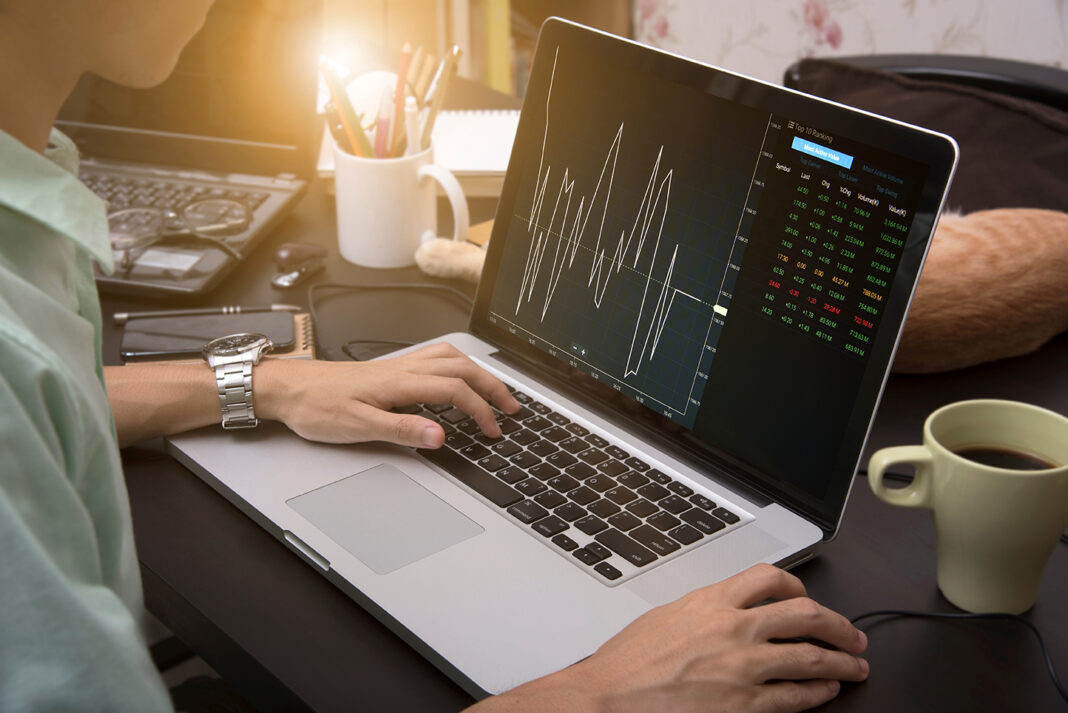With interest rates failing to keep up with inflation, many of us are looking for ways to bolster savings and make our spending go further. Trading gives you the opportunity to profit on investments over a short time, but putting money into moving markets comes with risks – especially if you’re inexperienced. Discover the essential things to consider when starting online trading to maximize your chance of success and safeguard against any significant loss.
Understanding trading
Before you begin trading, take time to understand how it works. Different types of assets can be traded in the various financial markets, each with unique elements to consider. Examples include trading shares on the stock market, taking advantage of shifting exchange rates on the large and liquid Foreign Exchange, and transferring physical commodities such as oil and gold.
Essentially, trading involves exchanging money for financial assets and selling these assets at a future date. Traders aim to buy good-value assets and sell them for a profit when they’ve risen in value. Asset value can shift quickly for various reasons including unpredictable world events, so your trading portfolio will require daily attention.
Setting up your portfolio
Once you’re confident you understand the process of trading, you can get on with setting up your portfolio.
Choose a trusted trading platform with proper protection measures such as encryption – signified by the ‘s’ in https – so you can be sure your private information is secure. The best platforms give you real-time insights into the financial markets as well as instant access to your assets so you can view trends, buy and sell effortlessly. Some companies also have apps, so your trading portfolio is accessible on the go via your smartphone.
Practice through the platform until you get to grips with the rhythm of the trading landscape, which can be volatile. Most platforms have test areas where you can experiment without investing money into the market. When you dive into the live markets, keep your investments small and go for low-risk options until you become familiar with trading.
Risk management
Given the changeability of the financial markets, risk management is a priority in trading to ensure you stay safely in the black even when assets don’t perform as expected.
Before you get stuck in, clearly outline your goals with a realistic timeline for achievement. Knowing how much you would like to profit and how quickly gives you an idea of your risk aversion. You should then budget thoroughly to calculate how much you can afford to put towards your trading, ensuring you keep back enough for essential spending and savings.
Your platform will have safety features you can take advantage of too, such as stop-loss orders which automatically trigger sales when assets fall to a pre-set price.





